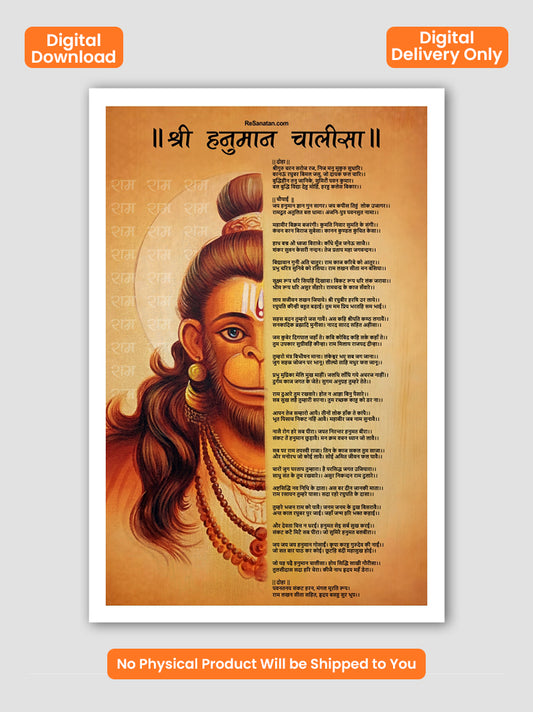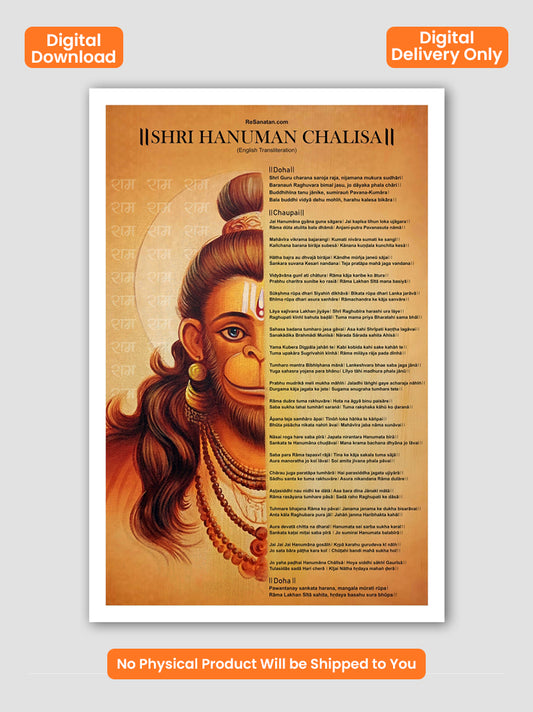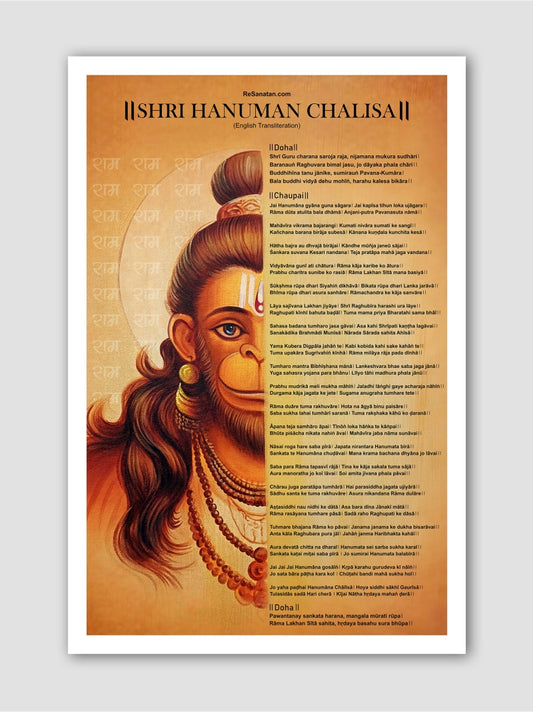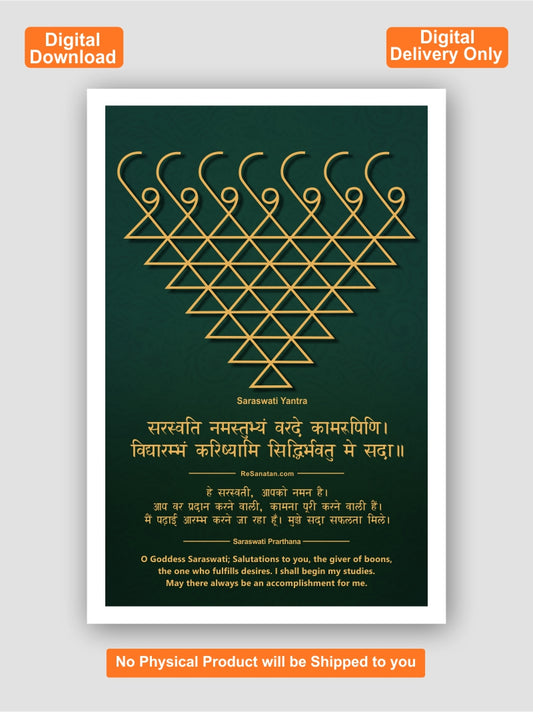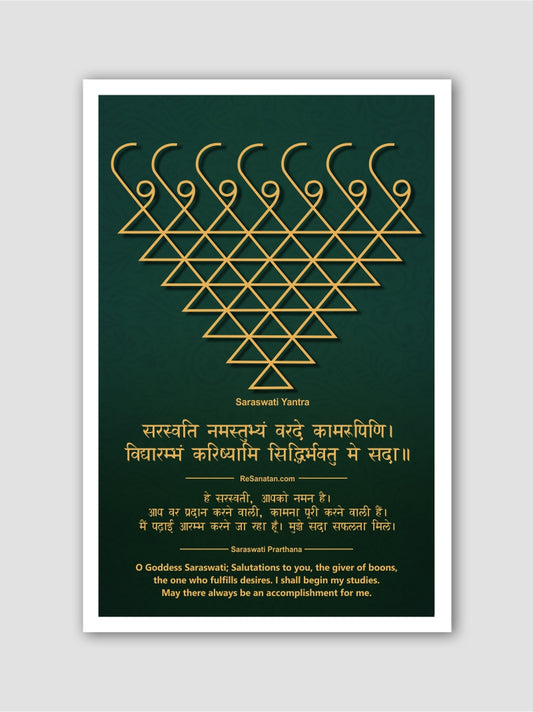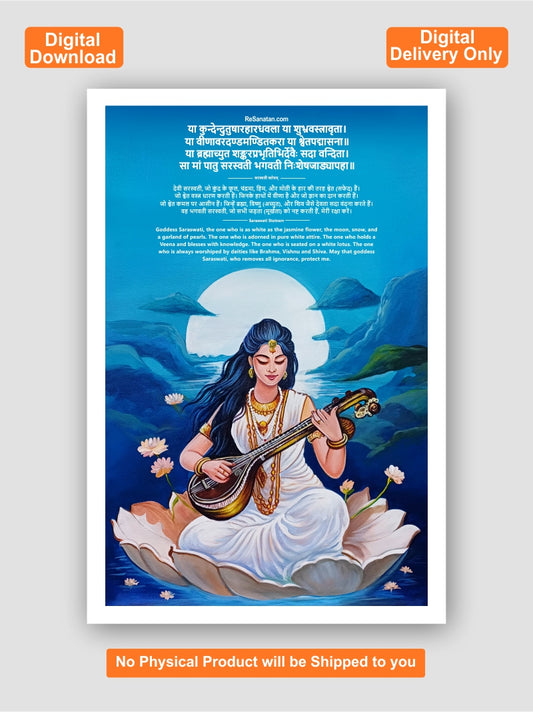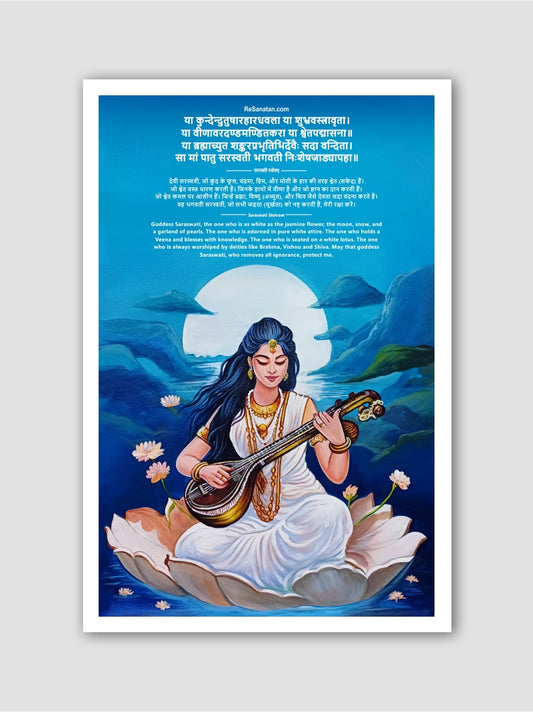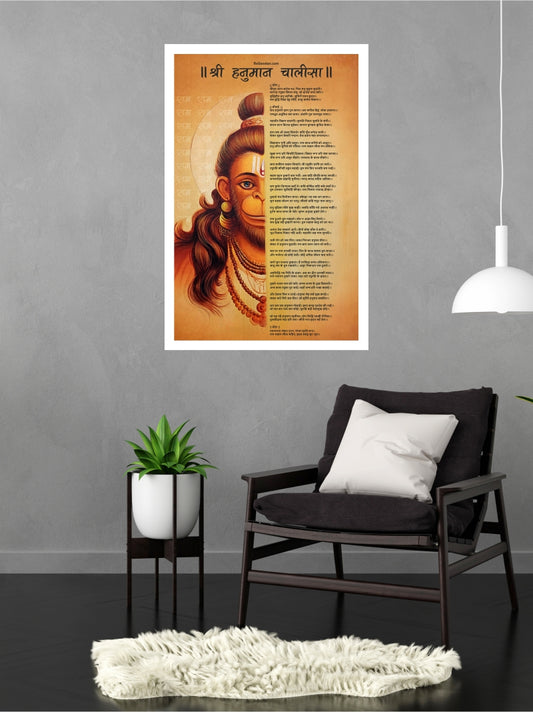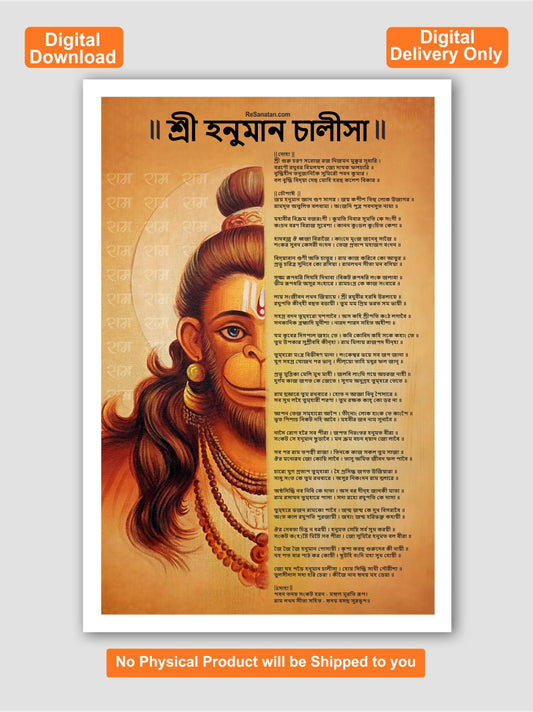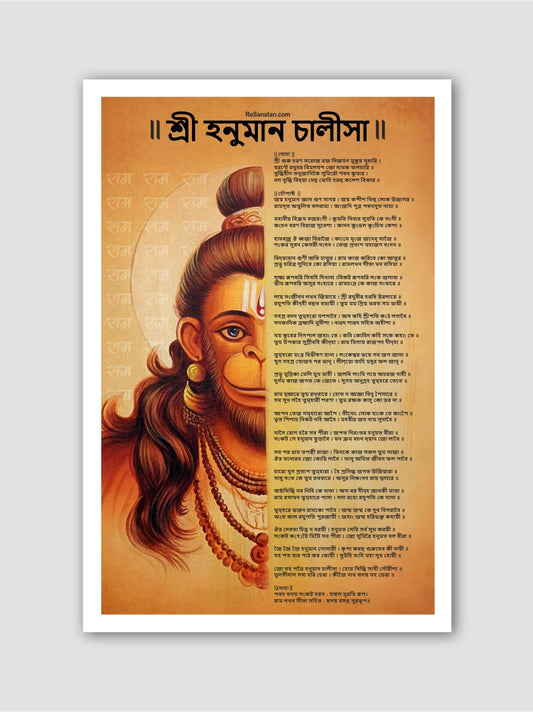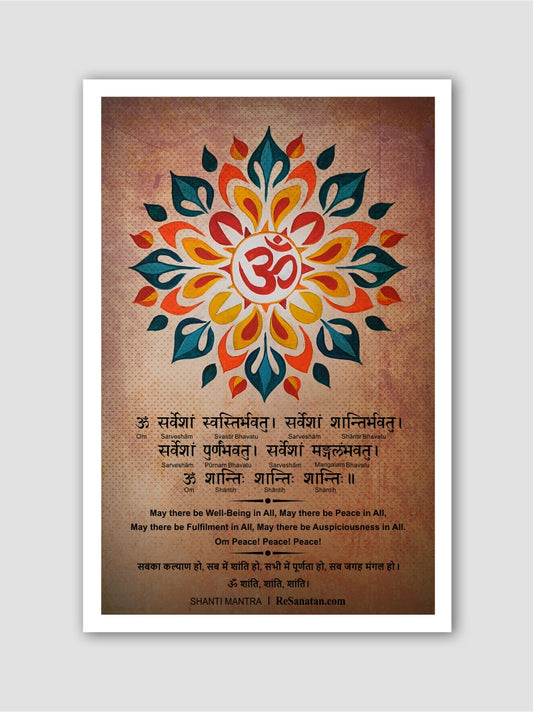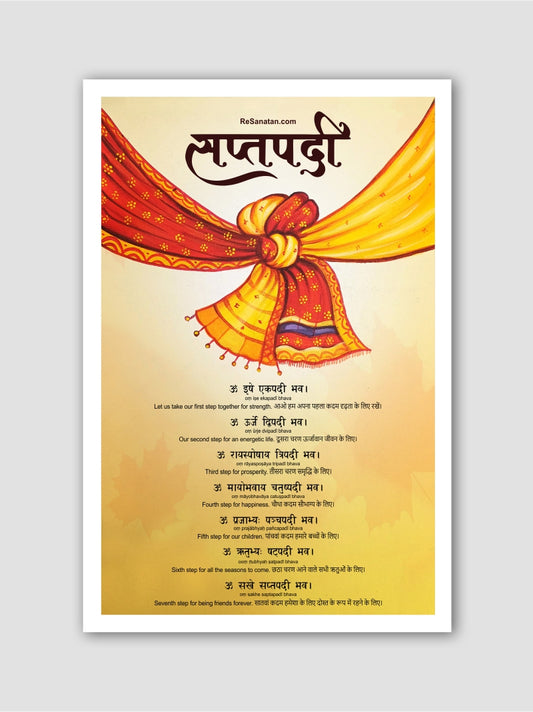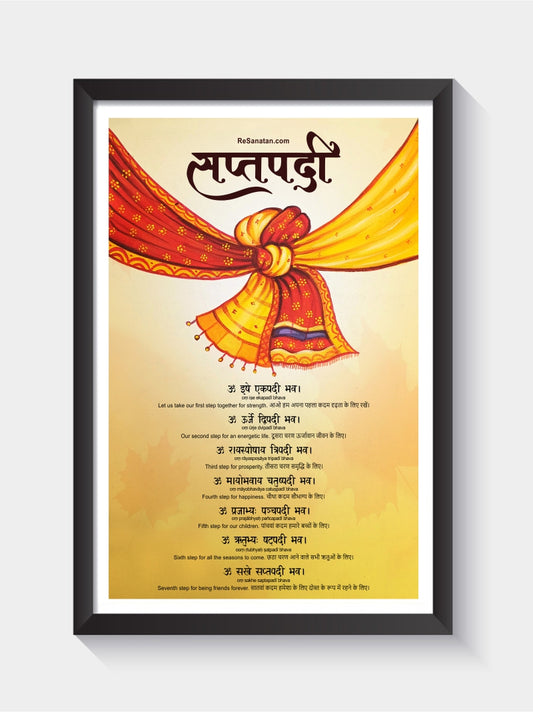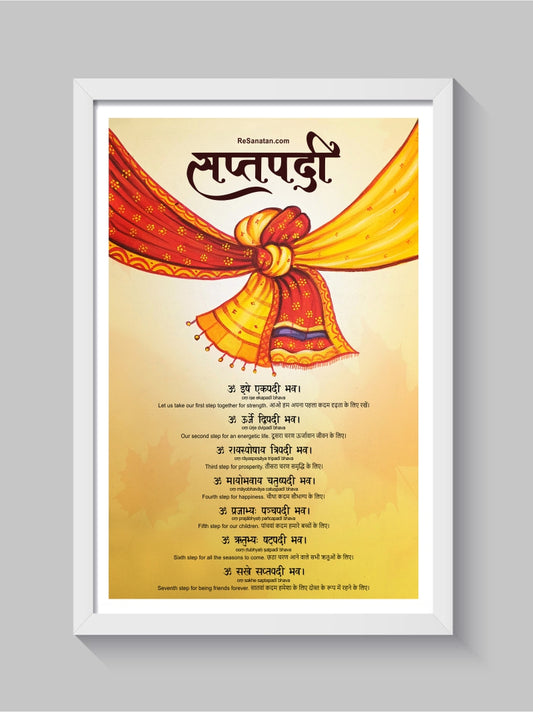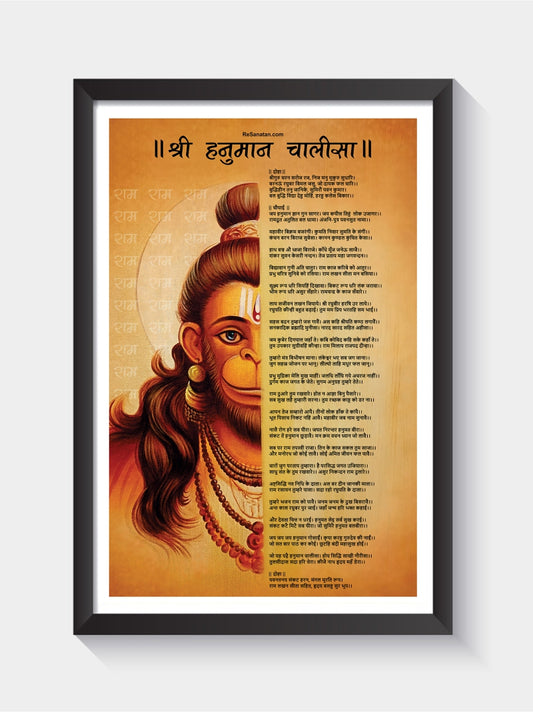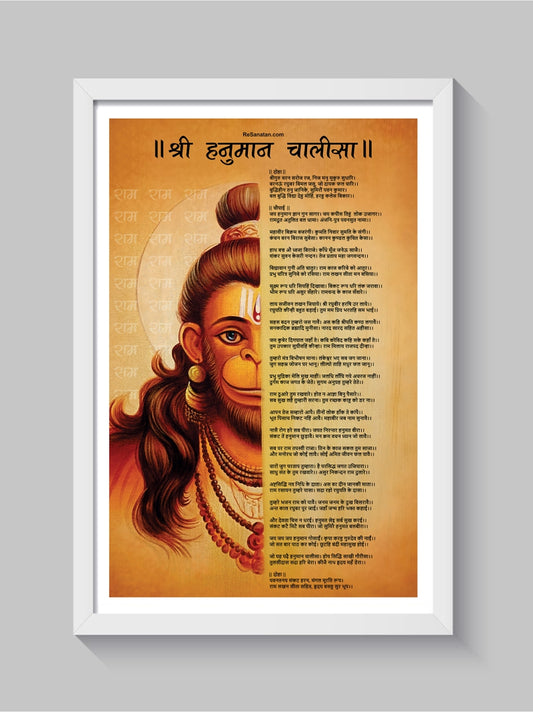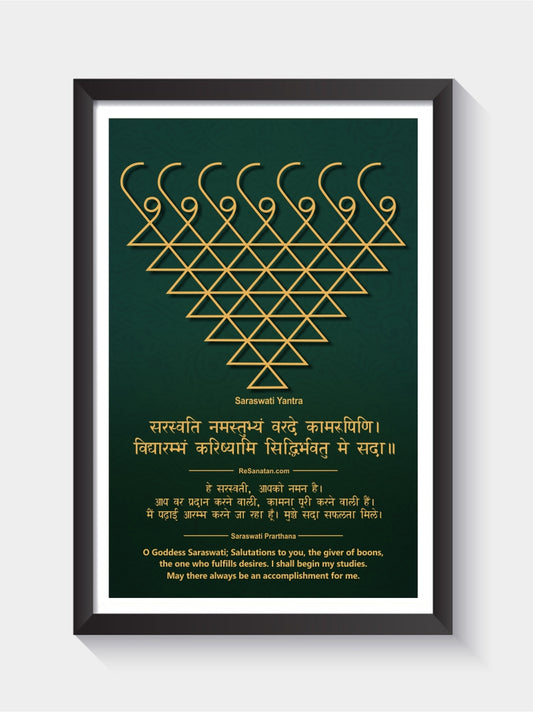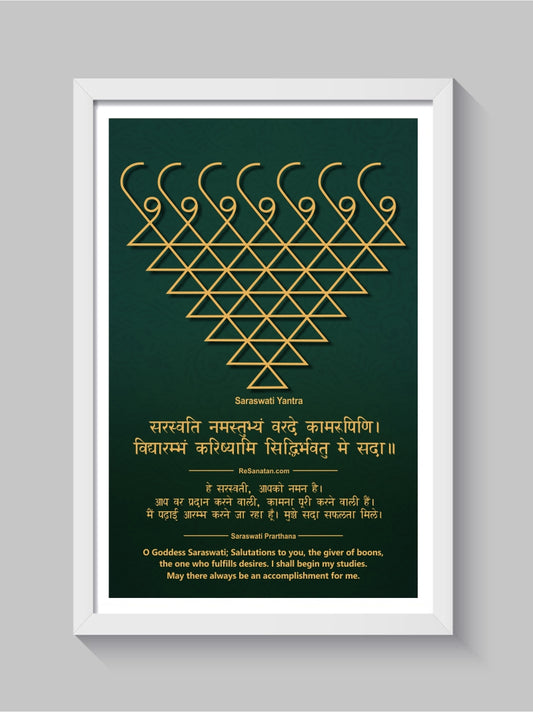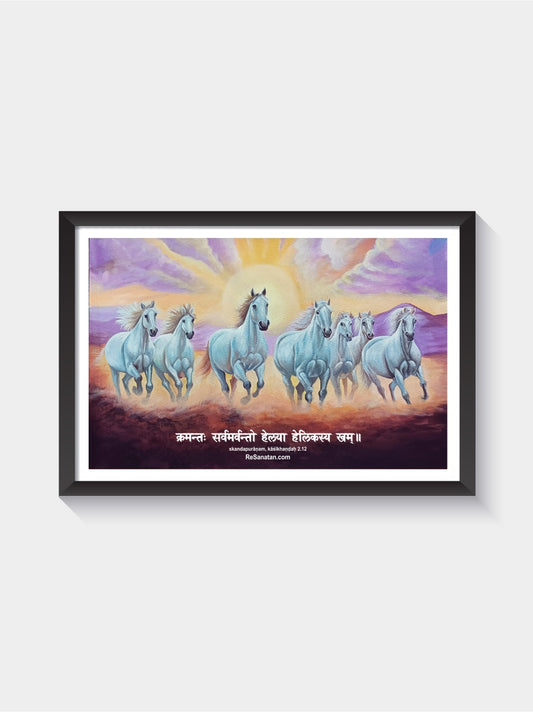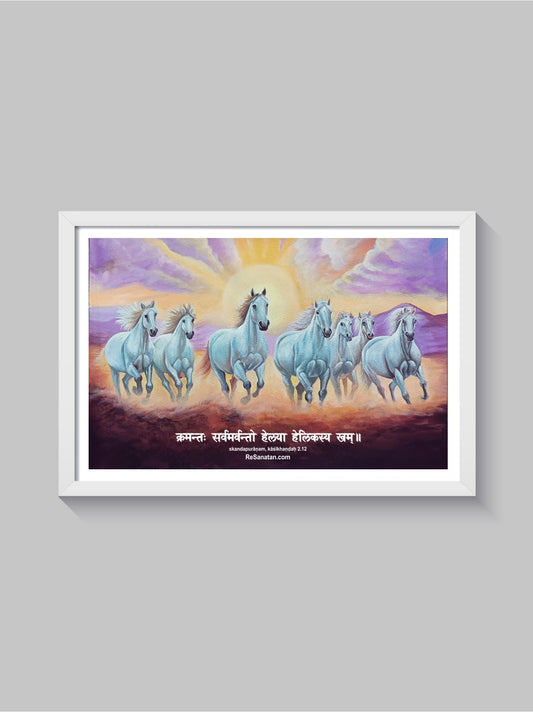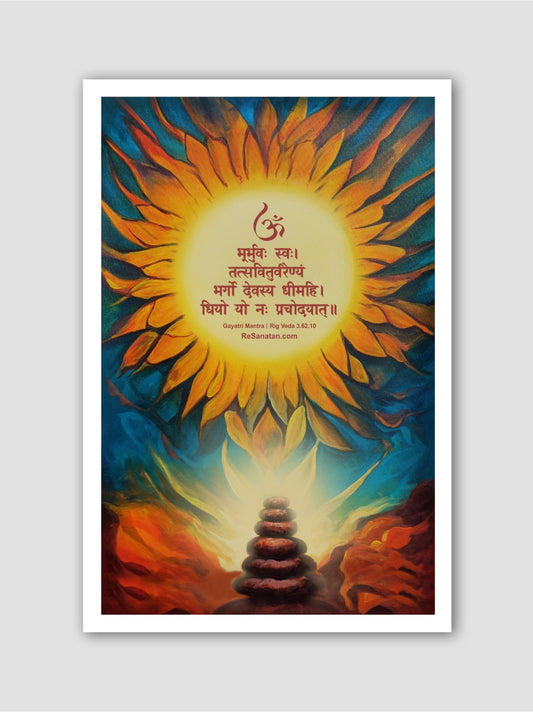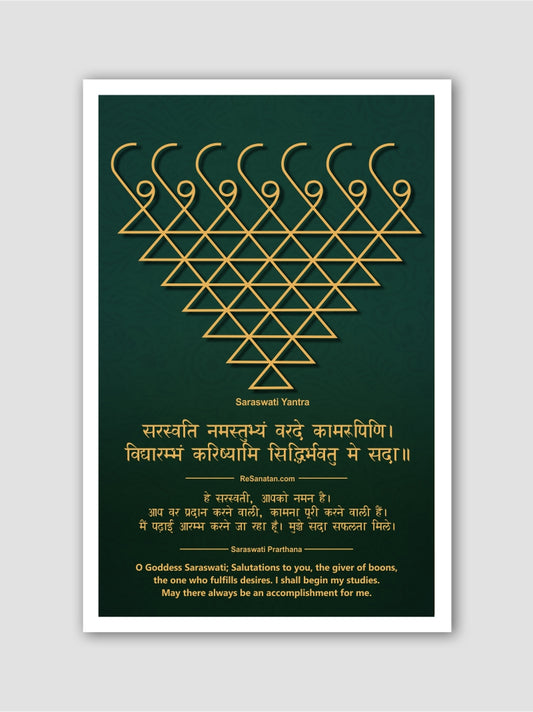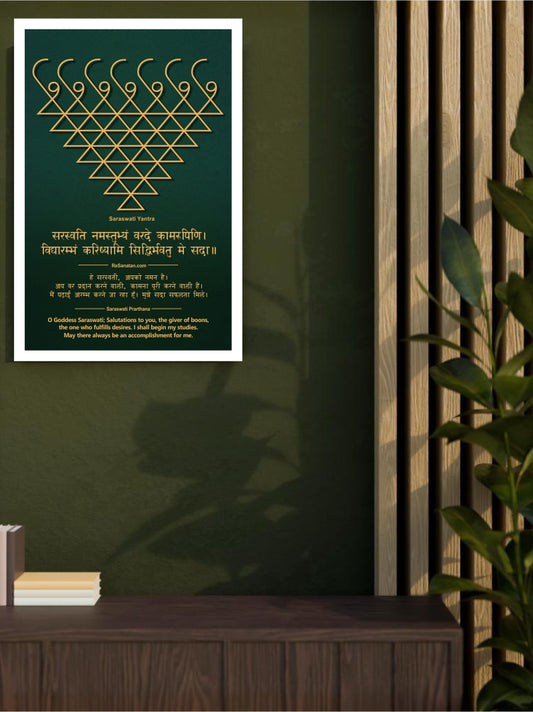In the heart of Uttar Pradesh, India, lies Sambhal, a city enveloped in profound spiritual significance for its prophesied connection to the future. Kalki Dham Sambhal is not just a temple; it is the envisioned birthplace and spiritual epicenter for the advent of Kalki, the tenth and final avatar of Lord Vishnu, according to Hindu mythology. This place is steeped in anticipation and reverence, serving as a beacon for those who look toward the future arrival of Kalki to herald a new era of righteousness.
The Significance of Kalki Dham Sambhal
Sambhal holds a unique place in the tapestry of Hindu eschatology. The ancient scriptures, particularly the Puranas, prophesize that Kalki will be born in this location to vanquish the forces of darkness at the end of Kali Yuga—the current age marked by strife, discord, and moral decline. Kalki Dham, therefore, stands as a symbol of hope and renewal, attracting devotees and scholars intrigued by its eschatological importance.
The temple dedicated to Kalki in Sambhal is a focal point for those who seek to connect with the divine promise of restoration and justice. Although Kalki has yet to appear, the temple embodies the collective aspiration for a purified world, free from suffering and sin.
Architectural and Spiritual Features
Kalki Dham Sambhal, while embodying profound spiritual significance, is characterized by its architectural simplicity. Unlike the grandeur associated with many Hindu temples, Kalki Dham's design reflects the anticipation of a future event rather than the commemoration of past deeds. The temple area is serene, inviting meditation and reflection on the cycles of time and the promise of renewal inherent in Hindu philosophy.
Within the temple complex, visitors can find representations of Kalki, often depicted as a warrior on a white horse, symbolizing the coming of a hero who will battle the forces of evil. These depictions are not just artistic expressions but serve as focal points for devotion, reminding the faithful of the avatar's imminent role in cosmic renewal.
Cultural and Religious Activities
Kalki Dham Sambhal is not only a site for individual reflection but also a center for cultural and religious activities that resonate with its eschatological themes. Festivals and rituals conducted here are imbued with a sense of anticipation for Kalki's arrival, featuring readings of the scriptures that detail the avatar's future deeds and the characteristics of the age to come.
Devotees and visitors engage in prayers, offerings, and discussions about the moral and spiritual preparation necessary for the transition to a new era. These activities foster a community united by a shared hope for a future marked by dharma (righteousness) and truth.
Kalki Dham Sambhal transcends its physical boundaries to represent a profound spiritual anticipation. It stands as a testament to the enduring human hope for divine intervention in times of moral and spiritual crisis. The temple invites not just the faithful but anyone intrigued by the promise of renewal and the cyclical nature of time as understood in Hindu thought. As we navigate the challenges of our own times, Kalki Dham offers a reminder of the possibility of regeneration and the eternal dance of creation, preservation, and dissolution that defines the universe.
In the rich tapestry of Hindu mythology, the concept of Dashavatara (ten avatars) of Vishnu occupies a pivotal role, depicting the deity's descent to Earth in various forms to restore cosmic order. Among these, Kalki, the prophesied tenth avatar, holds a unique place. This avatar is yet to appear, and its arrival is tied to the end of the current age of decline, known as Kali Yuga, to herald a new era of righteousness. Kalki Dham Sambhal, a place deeply etched in the lore of Kalki, serves as the focal point for this anticipated divine intervention.

Story of Kalki Avatar
The story of Kalki Avatar is primarily found in the Puranas, ancient Hindu texts that elaborate on the mythology sketched in the Vedas and Upanishads. According to these texts, when the burden of sin and tyranny overwhelms the Earth, and righteousness stands diminished, Vishnu will incarnate as Kalki to annihilate the forces of evil and restore dharma (cosmic order and righteousness).
Kalki is prophesied to be born in the town of Sambhal in the state of Uttar Pradesh, India. He is depicted as a warrior on a white horse, wielding a flaming sword, ready to battle the darkness of Kali Yuga. His arrival is not merely about destruction; it symbolizes the purification of the world from moral decay and the commencement of Satya Yuga, an age of truth and righteousness.
Who is Kalki in Hinduism?
In Hinduism, Kalki is more than just a warrior; he is the harbinger of renewal. As the tenth avatar of Vishnu, Kalki's role is to conclude the cycle of avatars that began with Matsya (the fish) and to initiate a new cycle of existence. Unlike the other avatars, who appeared in specific contexts to deal with particular challenges, Kalki's advent signifies a comprehensive reset of the cosmic order.
When Kalki Arrives?
Determining the exact time of Kalki's arrival is a matter of interpretation and speculation. Hindu scriptures suggest that Kalki will appear at the end of Kali Yuga. However, calculating the duration of Kali Yuga is complex, with various texts providing different timelines. The most common belief is that Kali Yuga spans 432,000 years, of which only a fraction has passed since it began around 3102 BCE, with the departure of Krishna from the world.
How Many Years Left for Kalki Avatar?
Given the traditional length of Kali Yuga, it is believed that we are in the early phases of this epoch. If we take the start date as 3102 BCE and the total duration as 432,000 years, several hundred thousand years remain before the advent of Kalki. This vast expanse of time underscores the symbolic nature of Kalki's arrival—it is more a reminder of the cyclical nature of time and morality in Hindu philosophy than a date-marked event.
Kalki Dham Sambhal embodies the anticipation of a future where divine intervention resets the cosmic balance. The story of Kalki Avatar, deeply rooted in Hindu eschatology, serves as a powerful allegory for the eternal struggle between good and evil and the enduring hope for a world where righteousness prevails. While the precise timing of Kalki's arrival remains shrouded in mystery, the essence of this prophecy emphasizes the importance of moral integrity and the belief in a higher order that oversees the cosmic cycle of creation and destruction.

